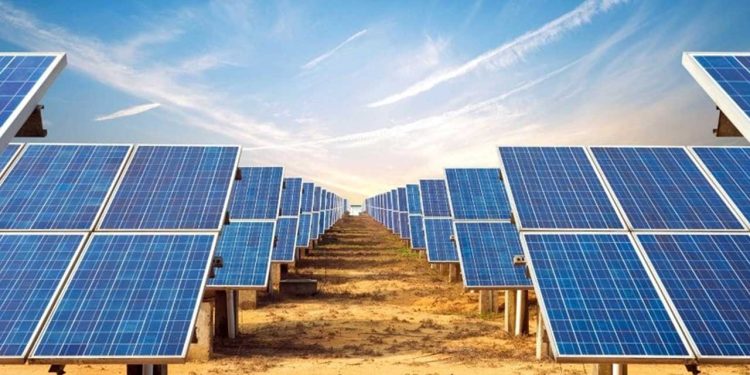The Sindh government has announced a plan to provide solar-powered electrical systems to 200,000 households to alleviate the burden of high electricity costs on inflation-weary residents.
At an event held at the Chief Minister’s House in Karachi on Saturday, CM Murad Ali Shah stated that the provision of solar panels will help households cope with the ongoing power and electricity bill crisis.
This initiative follows several nationwide protests against high electricity bills, including a sit-in organized by Jamaat-e-Islami in Rawalpindi.
In the last fiscal year, which ended on June 30, the federal government approved a 26% increase in electricity costs. On July 13, the public faced another setback when Prime Minister Shehbaz Sharif’s administration implemented an additional 20% hike. The steep electricity prices prompted a Senate panel to call for a forensic audit of independent power producers (IPPs) after widespread public complaints about inflated bills.
Solar panels, a renewable and environmentally friendly energy source, have become a popular option for many domestic consumers. The Sindh government’s initiative aims to provide solar panels to low-income families with an 80% subsidy, and beneficiaries of the Benazir Income Support Programme (BISP) will also be included.
The chief minister explained that the solar panels would be sufficient to power a single fan and three bulbs. He also mentioned the government’s goal to provide solar panels to two million households.
Additionally, CM Murad revealed plans to convert all government buildings to solar power. So far, 34 government buildings have been converted, with the first phase expected to generate 400 megawatts of electricity. The Sindh Solar Energy Project is being launched with the support of the World Bank, which is providing $100 million in funding.
Last month, The News reported that the Punjab government approved the “Roshan Gharana” program, which aims to provide solar panels to 4.5 million citizens who consume between 50 and 500 units of electricity. This initiative promotes sustainable energy solutions, with the provincial government covering 90% of the cost of the solar panels and the remaining 10% to be paid by consumers in easy installments over five years.
4o













